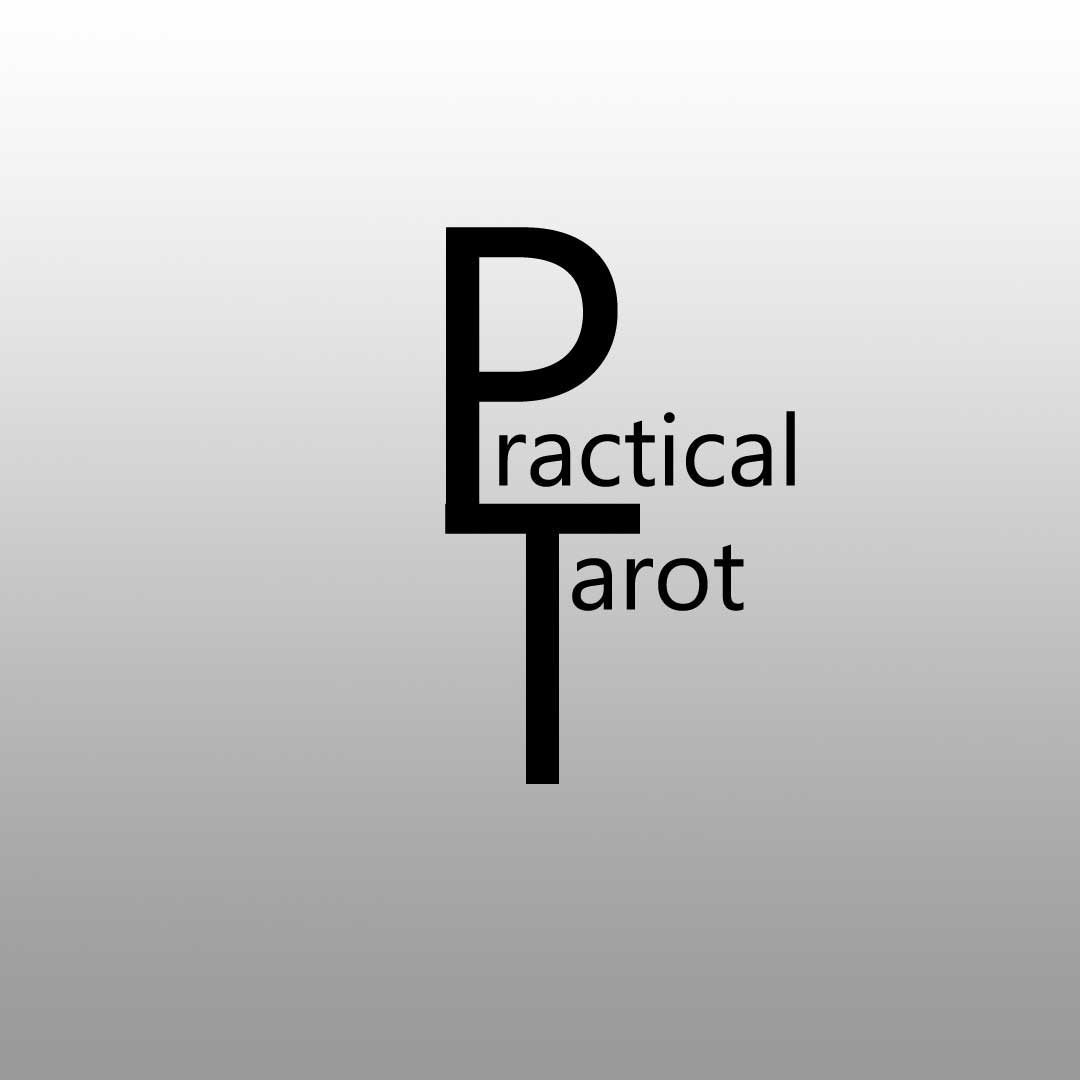One of the earliest known pictures from the tarot, 15th Century Milanese tarocchi
The 22 cards of the traditional Major Arcana are the symbolic story of The Hero or Heroine as they take the journey of self-discovery from birth to full realization of who they are and their place in the world. It is a story as old as humankind, repeated in tales from ancient Sufi texts, the Hindu Vedas, Buddhist stories, ancient Greek, Roman and Norse legends and countless oral traditions from The Old Testament to Native American songs handed down through generations to explain the world and how to live our best lives.
There are as many interpretations of the Hero’s journey as there are people who spoke, sung or wrote about them on stones, papyrus or paper; acted them out in plays, films and on village greens. But they all tell the same story. It is the story of the evolution of The Self from innocence to individuation.
The tarot tells the Hero’s story through the 22 archetypes of the Major Arcana. The Hero is The Fool, the only unnumbered card in the tarot deck because he is the main protagonist and the subject of his own story. He is the innocent, the powerless, child-like figure that we recognise from our Western fairy tales – Cinderella, Snow White, Romeo and Juliet. He is Siddhartha before Buddhahood; he is Joan of Arc and the child Christ before the cross; he is all of us as we take our first few stumbling steps towards understanding who we really are and have the courage and the tools we need to achieve our full potential.
Our life is one journey and many journeys. From birth to death; from child through adolescence to womanhood; from young bride to single mother; from virile young lover to elder statesman; from student to teacher; from morning to evening and through the dark night to dawn.
It is important to say that there are many hundreds of tarot decks to reflect every kind of tarot reader. Many – perhaps the majority - have moved away from the traditional symbolism and the story as we find it in the earliest known decks for a new and different take on tarot.
From the Alice in Wonderland Tarot to The Cat Tarot; from The Tarot of Nostradamus to The Tarot of the Fairies; From The Tarot of the Crows to The Herbal Tarot; and all the hundreds of wonderful decks in between - there are no right or wrong tarot decks just as there are no right or wrong interpretations of the cards. In my opinion, having an internal logic or coherence in your own reading system is fairly important. Just plucking some meaning out of the air might not work too well in the long run. However, if that is your own way of reading the cards and it works for you, go with it I say.
Personally, I have very few tarot decks and I only do readings with one or two. My first deck was The Marseilles Tarot, one of the earliest decks and the one on which perhaps the most famous tarot decks – the Smith-Rider-Waite deck and Aleister Crowley’s Thoth deck - were based. I understand and relate to all three of these decks and use them in my readings because they work for me and those I read for.
My readings and musings are all based on a Jungian interpretation of synchronicity and the psyche, my own studies over decades and my understanding of the traditional symbols and archetypes represented through the cards.

